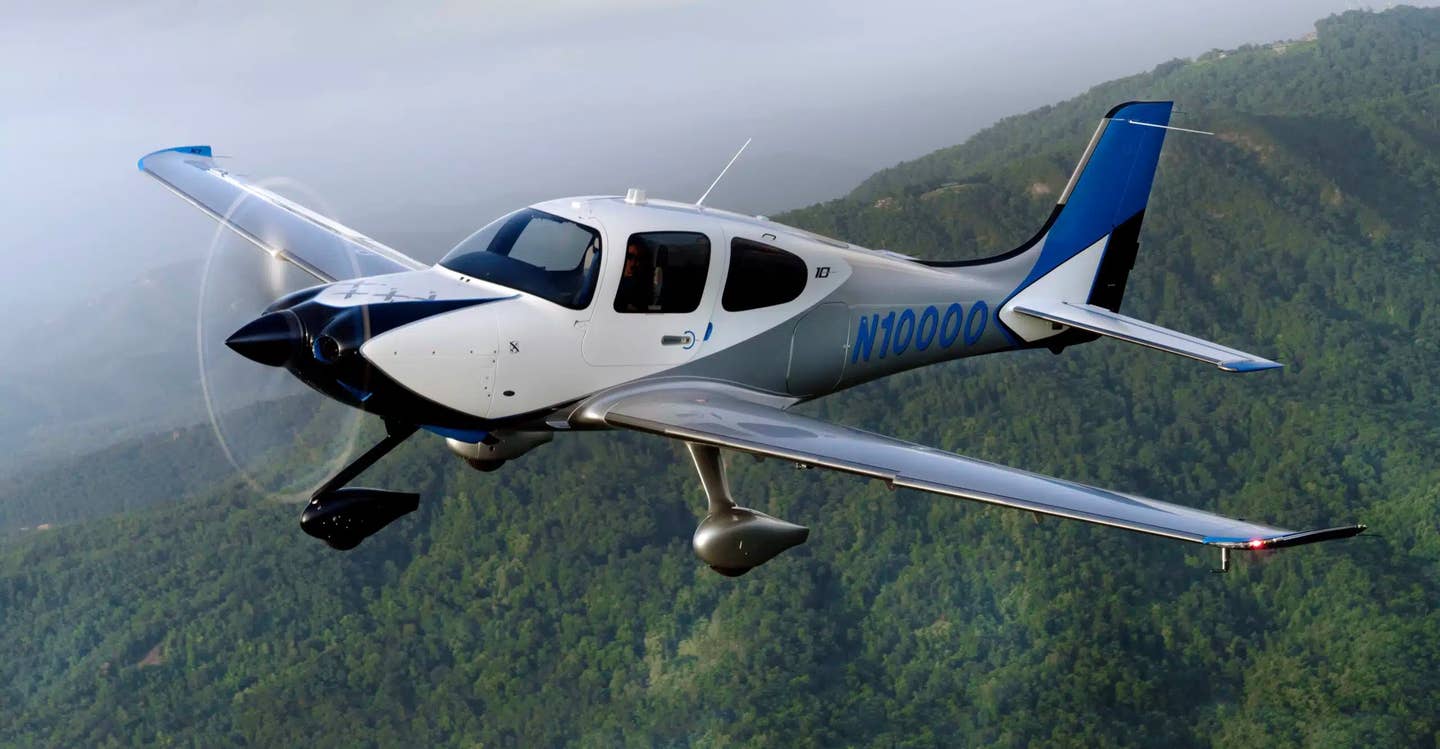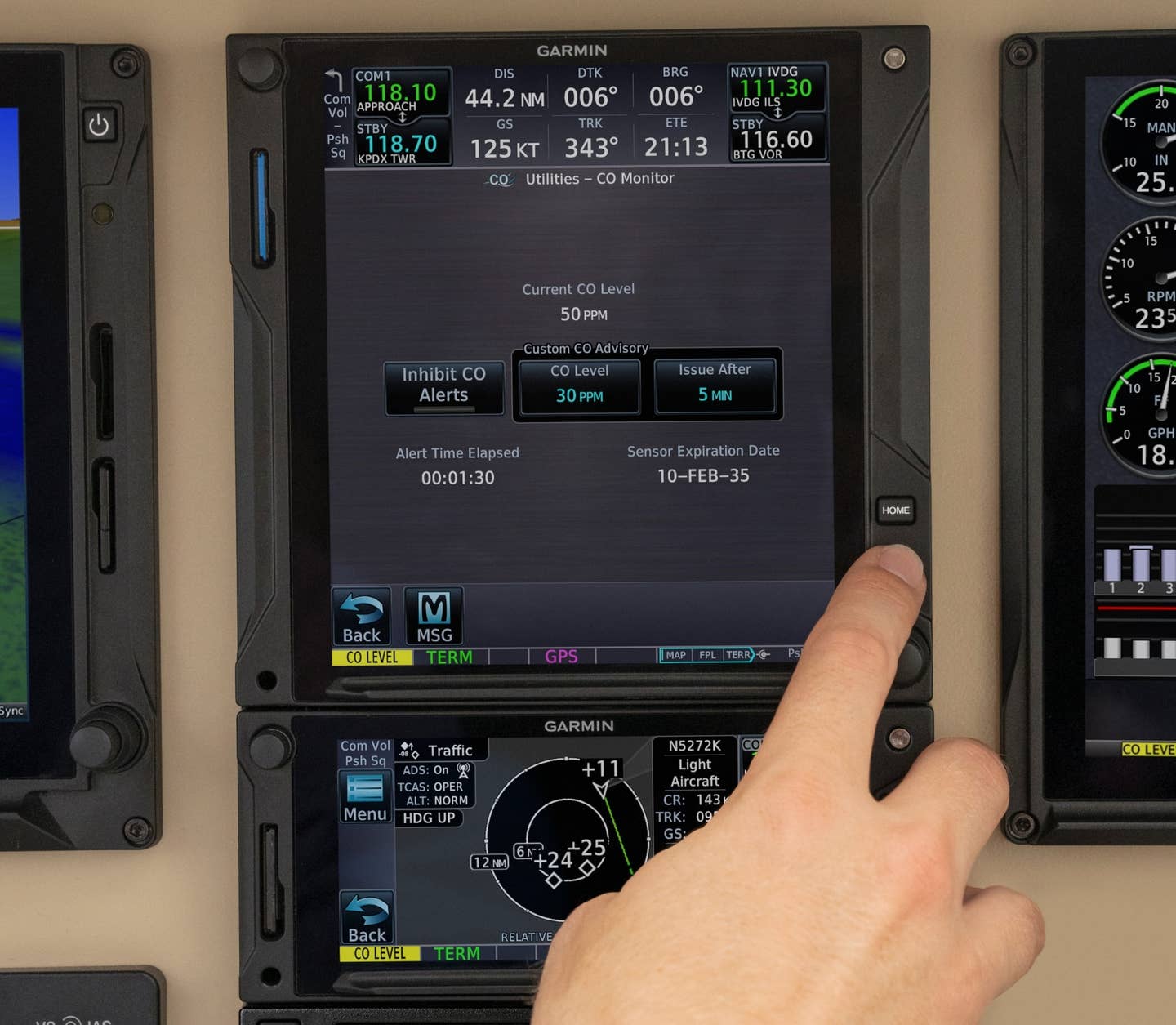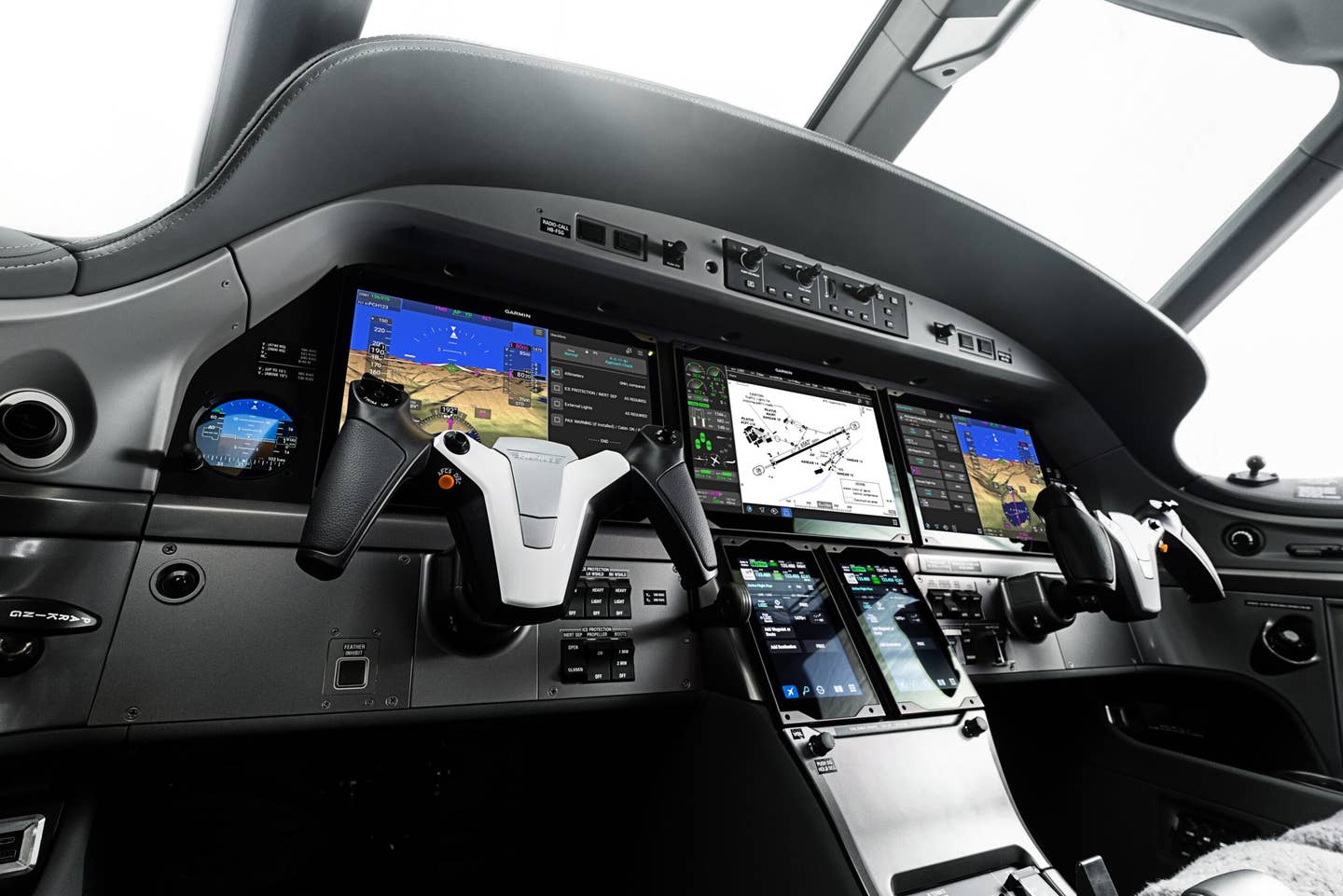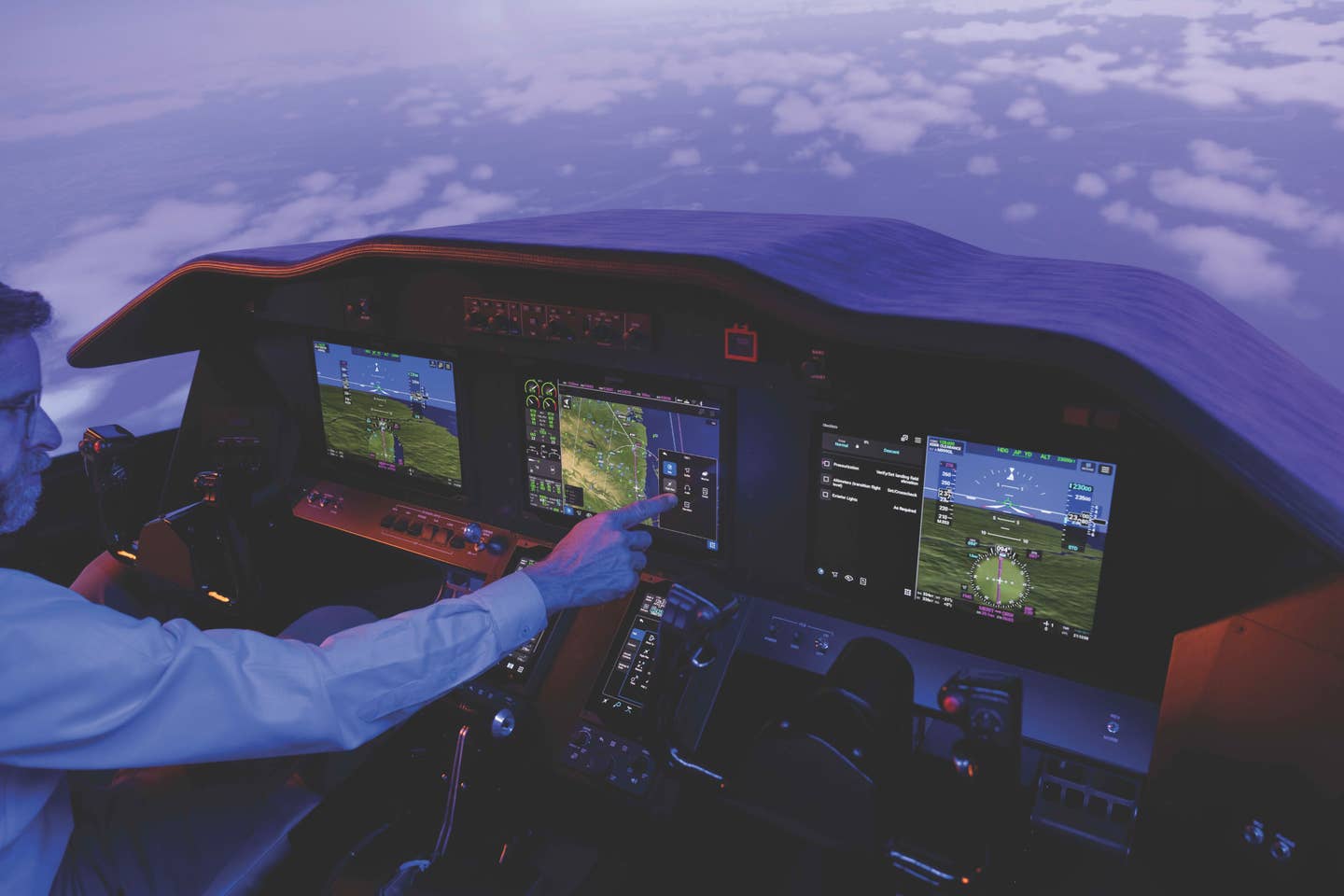Genesys Aerosystems’ Autopilot Receives EASA Certification for Bell 505
The HeliSAS certification adds to existing FAA STC as well as approvals from CAA and ANAC.

Customers in Europe can now place orders for HeliSAS Autopilot through Bell Textron, or with approved Genesys dealers for retrofitting. [Courtesy: Genesys Aerosystems]
Texas-based Genesys Aerosystems has received full certification from the European Union Safety Agency (EASA) to include its HeliSAS Autopilot and Stability Augmentation System (SAS) on Bell 505 helicopters.
The approval includes the 2-axis configuration as well as the 3-axis. The EASA certification follows existing approvals for the system from the UK CAA and Brazil’s ANAC, as well as an FAA supplemental type certificate (STC).
Moog-owned (NYSE: MOG.A) Genesys made the announcement in a news release Tuesday, confirming that customers can now place orders through Bell Textron, or with approved Genesys dealers for retrofitting.
“The autopilot kit is useful for pilots because it improves safety and lightens the pilot's workload,” said a statement from Genesys managing director for Europe, Duncan Van De Velde. “Any Bell 505 in the field in Europe can now be retrofitted with the Genesys system and we look forward to meeting the needs of our customers.”
The versatile Bell 505 includes capacity for up to four passengers, a top cruise speed of 125 knots, a range of 306 nm, according to its manufacturer. It can be configured for HEMS missions, for corporate transport, or as a training aircraft. The Textron-owned (NYSE: TXT) company announced its 400th 505 delivery last month.
System Features
The Genesys Aerosystems HeliSAS system includes:
- Automatic resumption of near-level flight attitude at all speeds
- Stability commitment during all phases of flight from start to shutdown
- Autopilot pitch control
- Altitude hold
- IAS hold
- VS hold
- GS autopilot roll control
- HDG hold
- NAV, LOC, VOR
- Optional yaw control
- Overspeed and underspeed protection
HeliSAS’s stability increase system is designed to be always active, according to the manufacturer. It will “return the helicopter to a neutral attitude simply by loosening the applied forces or simply letting go of the cyclic in the event that the pilot becomes incapacitated, spatially disoriented or loses visual references.”

Sign-up for newsletters & special offers!
Get the latest FLYING stories & special offers delivered directly to your inbox






